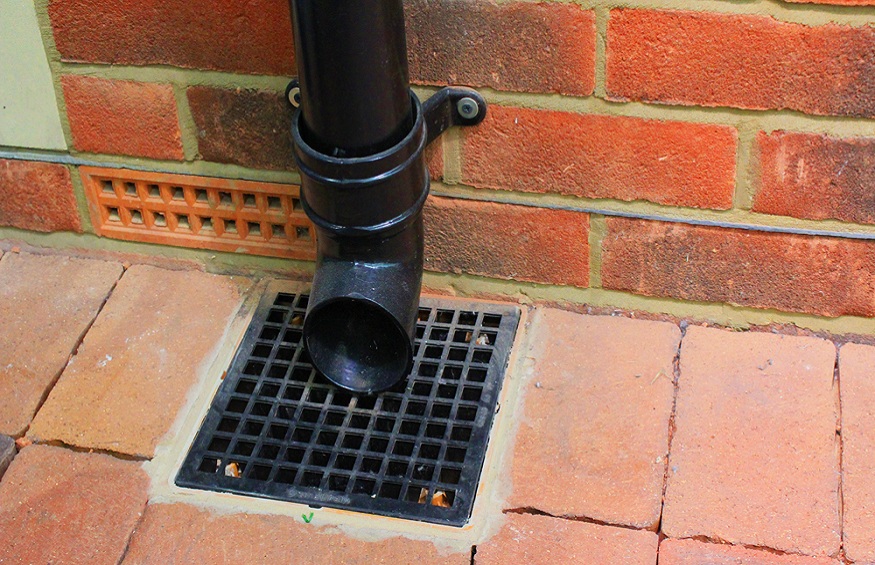Unveiling the Subterranean Mysteries
Beneath the bustling streets and historic architecture of London lies a hidden network that is vital to the city’s functionality and cleanliness: the drainage system. This intricate web of pipes, tunnels, and chambers serves as the unsung hero of urban life, ensuring that rainwater and wastewater are efficiently carried away, preventing flooding, and maintaining public health. However, like any complex system, London’s drainage infrastructure is not immune to problems. In this blog, we’ll explore how London’s CCTV surveys are transforming the way we visualize and address drainage issues, bringing the hidden world below into clear view.
The Hidden World Beneath
London’s drainage system, often overshadowed by the city’s iconic landmarks, is a testament to engineering ingenuity. It’s composed of a diverse range of structures, from Victorian brickwork to modern concrete tunnels, each contributing to the flow and management of water beneath the surface. Over the years, the city’s growth has brought about changes to this subterranean network, resulting in a fascinating blend of historical and contemporary construction.
While this system might remain out of sight and mind for most people, its significance cannot be overstated. Efficient drainage is what allows the city to remain operational during heavy rainfall, preventing streets from turning into rivers and basements from becoming reservoirs. However, this intricate system is not without its challenges.
The Challenges Below
Over time, London’s drainage infrastructure faces a multitude of challenges that can compromise its efficiency and structural integrity. Foreign objects, leaves, debris, and even tree roots can infiltrate the system, leading to blockages and clogs. The city’s relentless urban expansion can also strain the aging infrastructure, causing cracks, collapses, and leaks. Left unchecked, these issues have the potential to disrupt daily life, cause property damage, and even pose environmental risks.
Traditionally, identifying these issues was a labour-intensive process, often requiring disruptive excavations that brought inconvenience to residents and businesses alike. However, in recent years, technology has cast a revealing light on the mysteries lurking beneath our feet.
The Revolution of CCTV Surveys
Closed-Circuit Television (CCTV) surveys have revolutionized the way we inspect and diagnose drainage problems. By employing state-of-the-art cameras and advanced imaging technology, engineers and experts can now explore the intricate drain network without ever setting foot underground. These remotely operated cameras navigate through the twists and turns of the drains, capturing high-resolution visuals that provide crucial insights into the system’s condition.
The benefits of CCTV surveys in London are far-reaching. They offer a comprehensive view of the drainage network, allowing experts to identify blockages, cracks, corrosion, and other issues in real time. This non-invasive approach not only saves time and resources but also minimizes disruption to the city’s residents and businesses. Additionally, the captured footage serves as a valuable reference for planning maintenance and repairs, ensuring a more proactive approach to drainage management.
Illuminating the Depths – How CCTV Surveys Revolutionize Drainage Management
We have ventured into the hidden world beneath London’s streets, uncovering the vital role of the city’s drainage system and the challenges it faces. We also introduced the game-changing technology of Closed-Circuit Television (CCTV) surveys and their ability to provide visual insights into the subterranean network. Now we will delve deeper into the mechanics and impact of CCTV surveys, shedding light on how they have transformed the way we manage drainage issues in the heart of London.
The Magic of CCTV Surveys: A Closer Look
CCTV surveys have brought about a paradigm shift in the field of drainage management. These surveys are carried out using specialized cameras that are designed to navigate through the complex labyrinth of pipes and tunnels, capturing high-resolution visuals in real time. The remote operation of these cameras allows engineers and experts to view the conditions underground without the need for disruptive excavation.
The captured footage serves as a treasure trove of information. Not only can experts identify existing issues such as blockages, leaks, and structural defects, but they can also make informed predictions about potential future problems. This data-driven approach empowers authorities to take proactive measures, prioritizing maintenance efforts and mitigating the risk of emergencies.
Real-Life Impact: Unveiling Hidden Problems
The impact of CCTV surveys becomes truly evident when we examine real-life scenarios where these surveys have uncovered hidden problems and guided effective solutions.
Here are a few examples:
Reduced Disruption: During a major road construction project, a critical drainage line was suspected to be in the path of excavation. Rather than resorting to digging blindly, CCTV surveys were used to confirm the location of the drain and assess its condition. This not only avoided unnecessary disruption but also prevented potential damage to the infrastructure.
Proactive Maintenance: In a densely populated residential area, recurring cases of localized flooding were causing concern. CCTV surveys revealed a severely clogged drain that had gone unnoticed. Timely intervention cleared the blockage, preventing further flooding and sparing the community from inconvenience.
Preservation of Heritage: London’s historic neighbourhoods boast unique drain systems that require careful preservation. During a renovation project in a heritage district, CCTV surveys were used to inspect the drain network and ensure that no damage was inflicted during construction. This safeguarded both the area’s charm and its functionality.
Beyond Drainage: A Holistic Approach
CCTV surveys are not only about solving immediate drainage issues; they also support a more holistic approach to urban planning and development. By providing a detailed understanding of underground infrastructure, these surveys inform decisions about new construction, upgrades, and infrastructure expansion. This approach prevents conflicts between surface-level developments and hidden utilities, resulting in a more harmonious and sustainable urban environment.
The Future Looks Clear
As we conclude our exploration of London’s drainage system and the transformative power of CCTV surveys, it’s evident that this technology has brought about a new era of drainage management. By visually revealing the hidden complexities below the surface, CCTV surveys have empowered the city to proactively address issues, minimize disruptions, and safeguard its essential infrastructure.
From the challenges of debris and aging structures to the innovations of remote cameras and advanced imaging, London’s journey through its drainage system serves as a microcosm of urban evolution. With the watchful eyes of CCTV surveys guiding the way, the future of drainage management in London is poised to be clearer, more efficient, and ever more prepared for the challenges of an ever-changing urban landscape.

